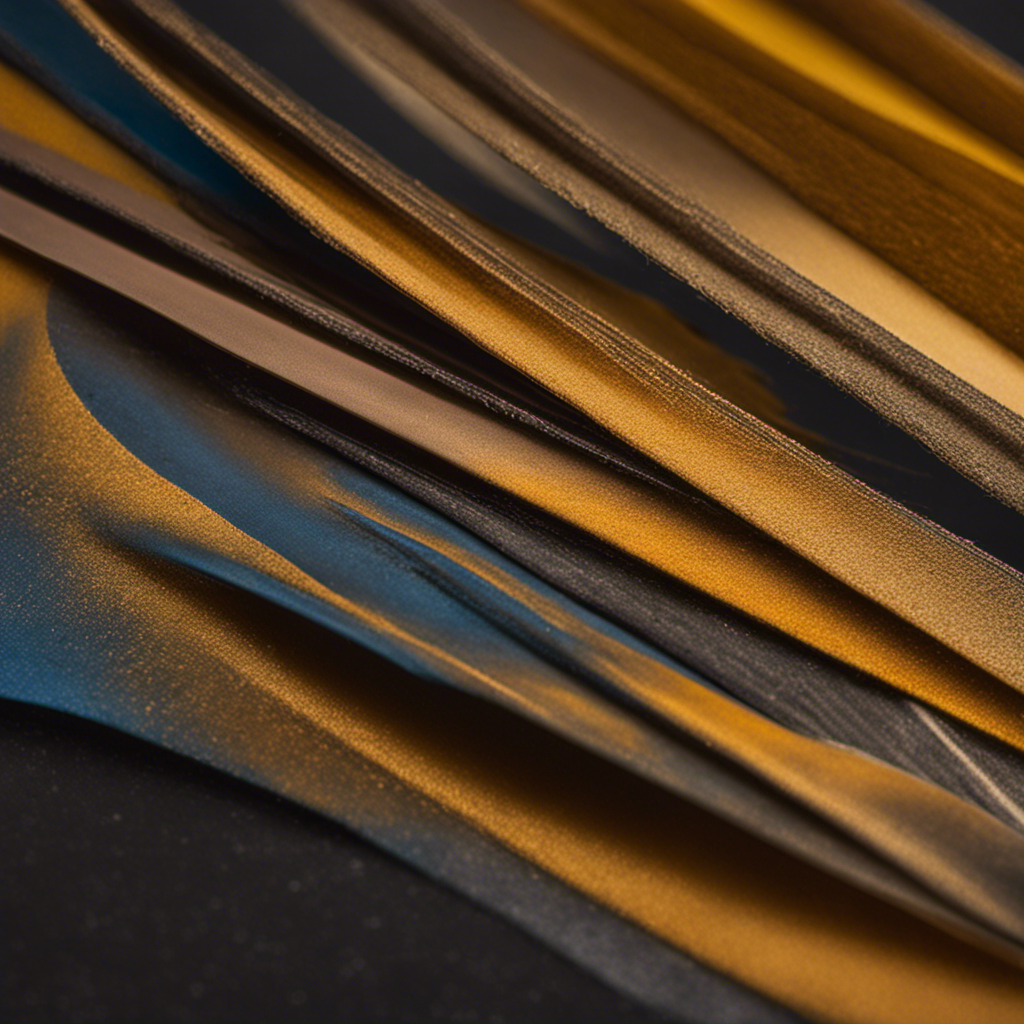Phone:
(701)814-6992
Physical address:
6296 Donnelly Plaza
Ratkeville, Bahamas.
40 Years still going strong
40 Years still going strong

Are you looking to achieve a flawless painting finish in York? Then you need to master the art of surface preparation.
In this article, we will guide you through the various techniques that will ensure your surface is smooth, free of old paint, and thoroughly cleaned.
From sanding and chemical stripping to power washing and patching, we will provide you with the knowledge and expertise needed to create a perfectly primed and sealed surface for enhanced adhesion and long-lasting durability.
To achieve a smooth surface, you should use proper sanding techniques.
When it comes to sanding, having the right tools is essential. Start by choosing the appropriate sandpaper grit for the job. For rough surfaces, use a lower grit, such as 60 or 80, and gradually work your way up to a higher grit, like 120 or 150, for a finer finish.
Sanding blocks or sanding sponges are great for flat surfaces, while sanding discs or orbital sanders are ideal for larger areas. Remember to always sand in the direction of the wood grain to avoid creating scratches. Additionally, don’t press too hard while sanding, as it can result in uneven surfaces. Take your time and let the sandpaper do the work.
If you want to efficiently remove old paint, consider using chemical stripping methods. Chemical stripping is a highly effective technique that can save you time and effort when compared to other methods.
Here are three reasons why chemical stripping is a great choice:
Consider power washing as an effective method for achieving deep cleaning and preparation before painting. Power washing utilizes high-pressure water to remove dirt, grime, and other surface contaminants, ensuring a clean and smooth surface for painting. The deep cleaning benefits of power washing are undeniable, as it can effectively remove stubborn stains, mold, mildew, and even loose or peeling paint.
However, it’s important to take certain safety precautions when power washing. Always wear protective gear such as goggles and gloves to protect yourself from high-pressure water and potential debris. Additionally, be cautious of delicate surfaces that may be damaged by the force of the water.
With proper safety measures in place, power washing can provide an excellent foundation for a flawless paint finish. Now, let’s move on to the next step: patching and repairing imperfections in the surface.
For a flawless painting finish, you’ll need to patch and repair any imperfections in the surface. This step is crucial to ensure that the final result is smooth and seamless. Here are some filling and smoothing techniques for flawless surface repair:
To ensure seamless patching integration, it’s essential to match the paint colors accurately. Take a sample of the existing paint or use a color matching tool to find the closest match. Apply the paint carefully, feathering the edges to blend it seamlessly with the surrounding surface.
To achieve optimal adhesion and durability, apply a thin layer of primer and sealant to the surface before painting. Priming benefits the surface by creating a smooth and even base for the paint to adhere to. It also helps to seal porous surfaces, preventing the paint from being absorbed unevenly and resulting in an inconsistent finish.
Additionally, priming can improve the coverage and longevity of the paint, ensuring that it adheres properly and lasts longer. When it comes to sealing techniques, there are various options available, such as using a dedicated sealer or mixing a sealing additive into the primer. The choice of sealing technique will depend on the specific requirements of the project and the type of surface being painted.
Proper priming and sealing techniques are essential steps in achieving a perfect painting finish that’s both durable and long-lasting.
To achieve a perfectly smooth surface, the best grit sandpaper options are typically fine-grit sandpapers like 220 or 320. These options provide the right level of abrasion without causing damage or leaving noticeable scratches on the surface.
Chemical stripping methods can be effective for removing paint from many surfaces, but there are some materials, like certain plastics or delicate wood, where alternative techniques may be more suitable.
When power washing for surface preparation, it’s important to take safety precautions. Avoid mistakes like using too high of pressure or getting too close to the surface. Protect yourself and nearby objects.
To determine the best patching material for different surfaces, consider the type of imperfection and the surface material. Use spackling or joint compound for drywall, wood filler for wood surfaces, and epoxy for concrete.
Applying primer before painting is necessary for ensuring adhesion and durability. While one coat may be sufficient in some cases, multiple coats provide better coverage and protection. Consider the pros and cons of each technique.